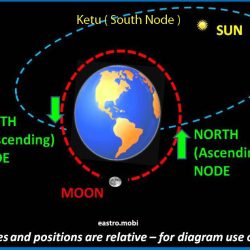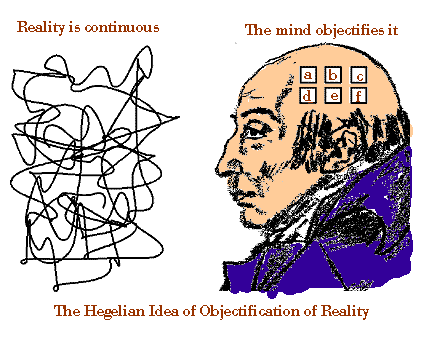The British type of education was designed to produce clerks in India
!
Lord MaCaulay argued that since the Indans are rich in culture and
morality, they couldnt be subjugated. Then he proposed to change the ancient
educational system of India.
“Teach them English and India will become a
dominated nation ” that was what he proposed.
Sri Aurobindo, one of the
greatest writers in English, reversed that trend. He insisted on Indian
Education, which can transform this mighty Hindu nation.
It is time we
replaced the MaCaulean with the Aurobindonian system of Education !













